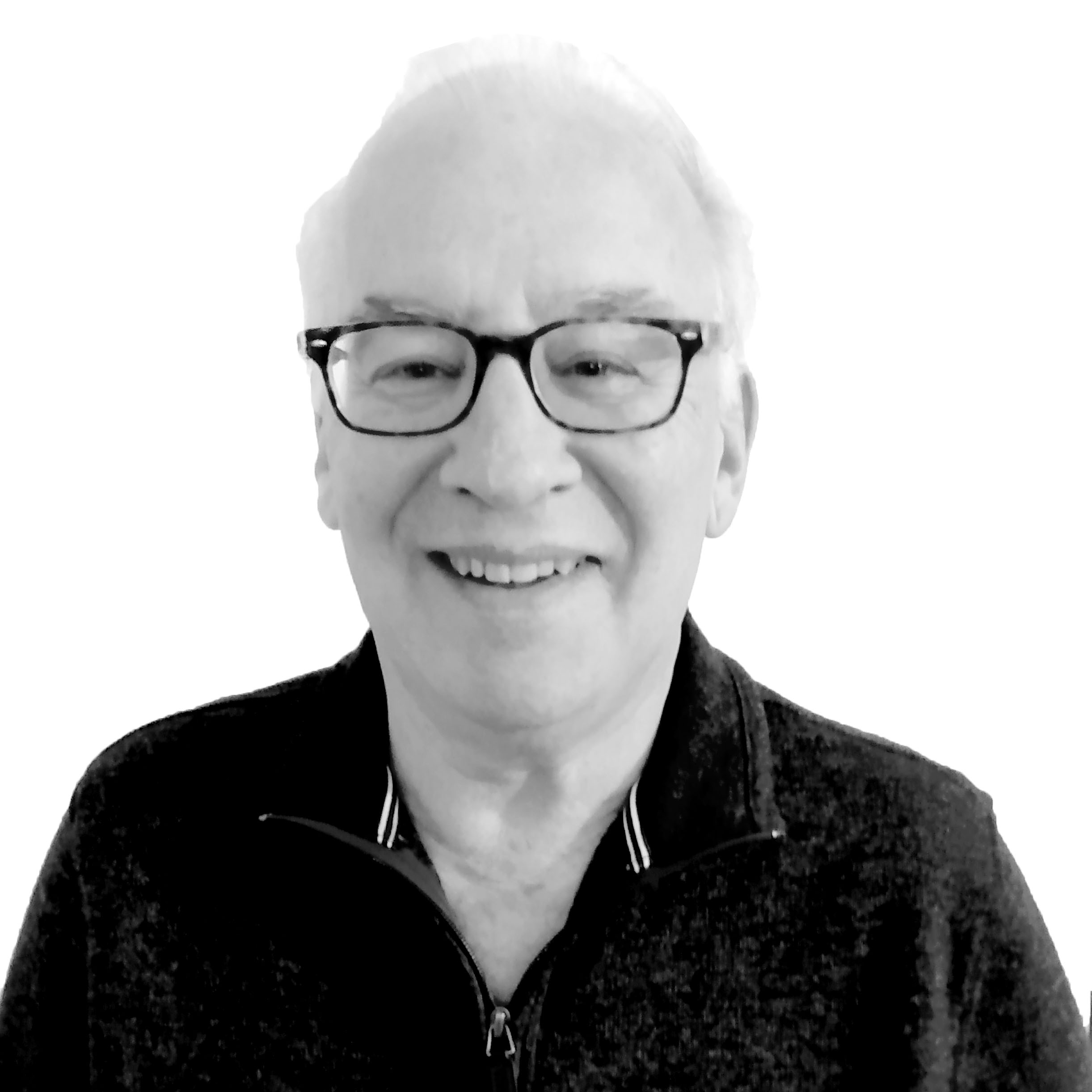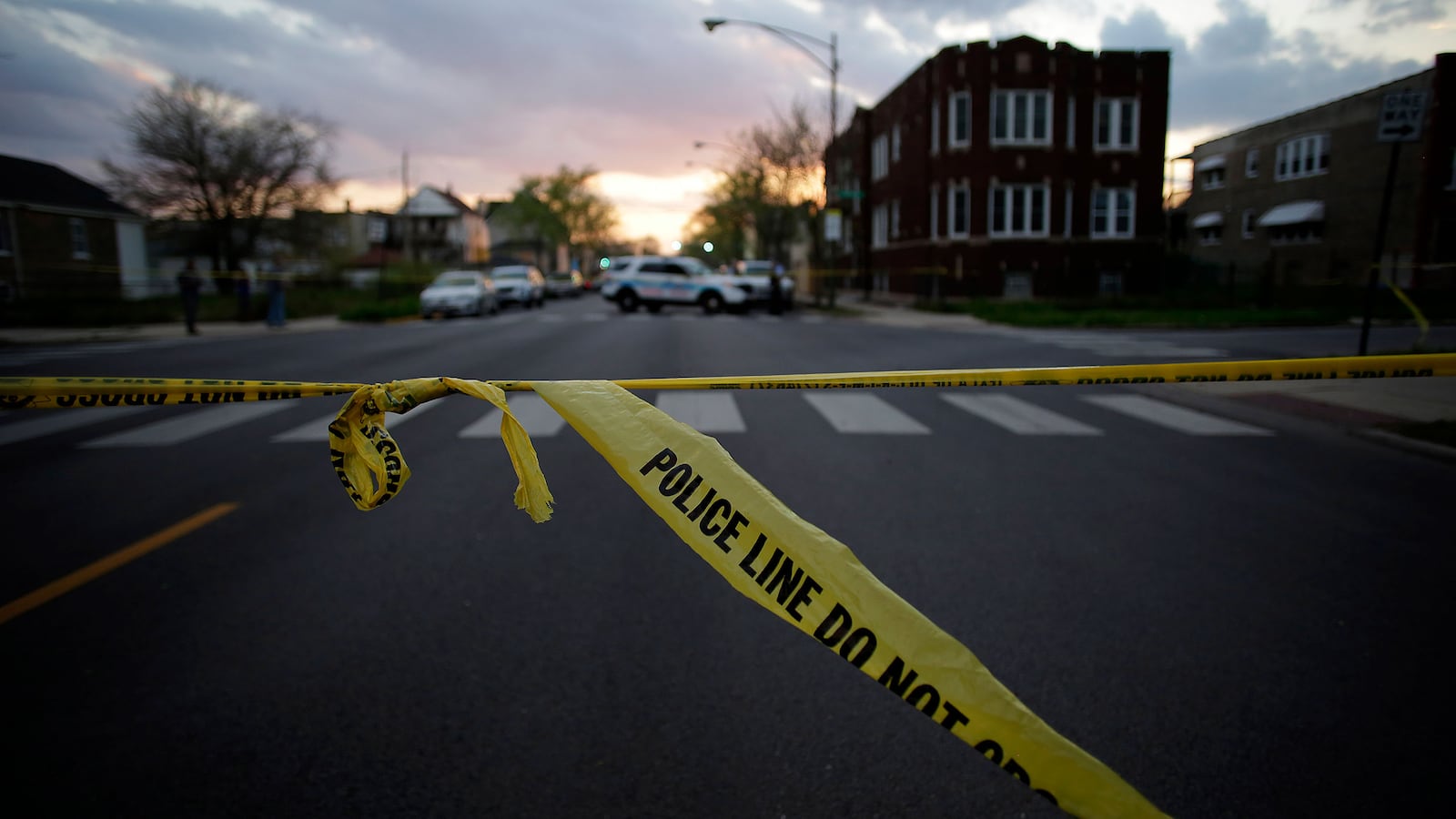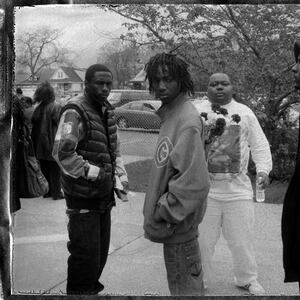When he was 19 years old, Chicago resident Ramaine Hill was wounded in a drive-by shooting. Ramaine knew who had shot him; it was a local gang banger nicknamed Pinkie, and, defying the law of the streets, Ramaine decided not only to press charges against Pinkie but to testify against him.
That’s when Ramaine’s life took a truly serious turn for the worse. Pinkie copped to a charge of aggravated battery with a firearm, and was sentenced to 15 years. Almost immediately, Ramaine began getting threatening phone calls: “You snitchin.’” “We’re gonna get you.” Some friends of Pinkie’s offered Ramaine money to recant his testimony. There was at least one attempt on his life and an effort to kidnap him.
This went on for two years. One day, on his way to work, a man wearing a red hoodie and red jogging pants popped out behind some brush and shot Ramaine dead. Several people were witness to the murder, and several knew who the killer was. Not one of them cooperated with the police investigation.
“That story made me really angry,” says Alex Kotlowitz, author of An American Summer: Love and Death In Chicago, which features Ramaine’s tragic tale. “Here was this young man willing to testify, and someone took his life.” In fact, as Kotlowitz’s book makes clear, only one in four Chicago murderers get caught, and only one in 10 shooters are charged. It’s not just that street culture discourages cooperation with the police, who in some quarters are seen as an occupying force. It’s also that people are afraid to testify, for fear of Ramaine-like retaliation. And some just take the law into their own hands.
An American Summer is so compelling that it’s almost impossible to put down. To address the violence in the streets of Chicago, Kotlowitz uses a number of personal stories to illuminate a city he sees as a microcosm of urban America. One chapter shows how people grieve and tells how a mother forgave her son’s killer. Another features a dogged crime reporter. Still another is the tale of a murderer who, after serving a long prison term, atones for his crime by mentoring urban youth. All show how poverty and a sense of hopelessness have made parts of the city deadly killing grounds.
“I was looking for stories that made me think about things differently,” Kotlowitz said in an interview with The Daily Beast. “I had read Tim O’Brien’s [Vietnam War novel] The Things They Carried, where each chapter is about an individual in that platoon, and I had that book in the back of my mind. So I went out looking for stories, stories that made me think.”
Kotlowitz, who is also the author of the acclaimed 1992 book There Are No Children Here, about two boys growing up in a Chicago housing project, couldn’t have picked a better subject than the Windy City, which has become the poster child for urban violence and murder, even though it ranks #25 on the list of the 30 cities with the highest murder rates (St. Louis and Baltimore are #1 and #2, respectively).
“Because of its size, the numbers are higher than anywhere else,” said Kotlowitz about this negative reputation (there were over 530 murders in the city last year). “And we’ve been in the epicenter of these awful killings of young children, going back years,” he added, citing as an example the 1994 death of five-year-old Eric Morse, who was dropped from a 14th story window after refusing to steal candy from a store for some older boys. “These are the kinds of murders that get all the public attention and outrage.”
Chicago may be unique in another way. In the late ’90s, police went after the gang chiefs, and locked them up. But this created the vacuum that allowed dangerous African-American cliques, organized block by block, to thrive—police now estimate there are 625 of them. It’s the same technique Mexican authorities have used to try to break up the drug cartels, with the same result. “I can’t fault [the police] for going after people running these criminal organizations,” said Kotlowitz, “but there are unintended consequences. It dismantled the gangs the way they intended, but it made police work more difficult. And looking at this as a police problem, it’s not a police problem, it happens in these areas of poverty. If people get that, why aren’t we doing something about it?”
Even though statistically the city might not be the most dangerous in America, the numbers are still startling: roughly 2,000 people are wounded by gunfire every year, and the police take 7,000 illegal guns off the streets annually. Chicago has relatively strict gun laws, but, as Kotlowitz puts it, “you can have the strictest gun laws in the country, but if you’re surrounded by states where you can easily get guns, what good are your gun regulations?”
And then there’s the “out of sight, out of mind” syndrome: If you don’t personally see the violence, it doesn’t affect you. “Cities today are a tale of two cities,” said Kotlowitz. “You see it in Chicago, where the downtown is beautiful, but you only have to go a few miles and see these areas that are distressed. There is a kind of glibness about this, saying people are making these [bad] choices, without any recognition of the role the rest of us have played.”
Still, things might be changing. Thanks in part to the fatal shooting of 17-year-old Laquan McDonald by a police officer who was later convicted of murder, a federal judge recently approved a consent decree meant to govern police reform. “I hope the McDonald case has been a transformative moment or provides some momentum for thinking about the relationship between the police and these communities,” said Kotlowitz.
It’s not that An American Summer is a total downer. The writing is crisp, the stories well told, and Kotlowitz mentions a number of people who have made the best of a very bad situation, who have found good jobs, gone to college, made a decent life for themselves.
But there is definitely a “what goes around, comes around” feel to the book that Kotlowitz sums up in the very last chapter: “The shooting doesn’t end,” he says. “Nor does the grinding poverty. Or the deeply rooted segregation. Or the easy availability of guns. Or the shuttered schools and boarded-up homes. Or the tensions between police and residents. And each shooting is unlike the last, every exposed and bruised life is exposed and bruised in its own way. Everything and nothing remains the same.”







